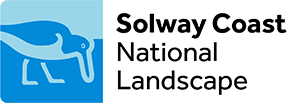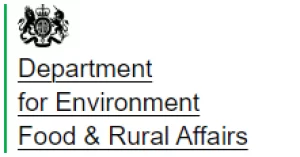It’s fair to say that the bird population is the first wildlife you’ll spot on a visit to the Solway Coast National Landscape. Our mammals are a little more elusive – and they’re not just on land.
Cetaceans are a group of warm-blooded marine mammals which have become aquatic and adapted to life in the ocean. There are more than 80 known species, and the Harbour Porpoise, or phocoena phocoena to give it its Latin name, is the most commonly seen cetacean in the Irish Sea. Sometimes they are alone, sometimes in pairs, and occasionally in larger groups, they can be spotted from the Solway Coast, most frequently from Silloth.
Sometimes it’s possible to spot seals and dolphins out there too – a bottlenose dolphin had to be rescued from Maryport’s harbour in 2006 after she swam in and became too scared to leave. The locals named her ‘Marra’, Cumbrian for friend.
On land, there’s a real mix of mammals to be seen. Red squirrels, foxes and roe deer roam the fields and marshes, along with wood mice, while badgers have setts here, many of them around Finglandrigg Wood. You’ll only see them at dawn and dusk, but their trails are there where they’ve dug big holes and built latrines.
You may also see shrews and mink, as well as brown hares, a species which is in decline. They roam the flat grasslands and saltmarshes.
One other animal seen here is the otter, which populate the areas around the watercourses and forage for fish washed up on the shores. The Solway Coast’s population is stronger on the Scottish side but this is helping to recolonise the English shores.
Some of the mammals of the Solway Firth have been brought here by man to help manage and conserve this area for the rest of the wildlife population. The marshes are grazed with cattle from April to October to help prevent the vegetation from becoming too thick and to ensure the habitats remain appealing to the insect and bird populations.
Sheep also graze the saltmarshes which leads to a local delicacy, saltmarsh lamb, said to be sweet and fragrant because of the minerals the animals eat.

